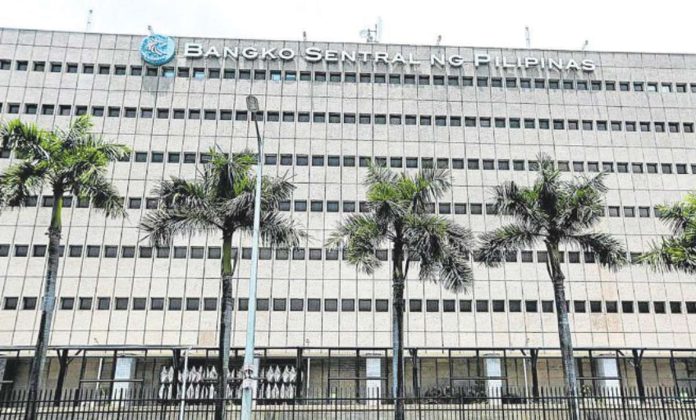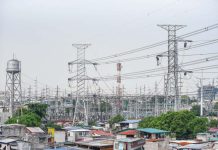
THE Bangko Sentral ng Pilipinas (BSP) will double down on its efforts to promote digital payments in the country by eventually weaning the country from its dependence on coins for payments.
The transition to a coin-lite society will start once the BSP finally sees the impact of key interventions on the currency demand of Filipinos, specifically those policies meant to convince more people to go cashless, BSP Deputy Governor Mamerto Tangonan told the Inquirer.
“The goal is cash-lite, hence also coin-lite. Aside from efficiency and financial inclusion, this is the vision for digital payments,” said Tangonan, who heads the payments and currency management sector (PCMS) of the BSP.
He added: “Our aim is to create a cash-lite society — one where digital payments coexist harmoniously with cash, providing Filipinos with the freedom to choose how they transact.”
Digital transformation
The PCMS is tasked with addressing the interplay between digital money and physical currency, as well as supporting the digital transformation of the country’s financial services.
The latest available data showed the BSP’s currency production reached P781.6 billion worth of banknotes (1.9 billion pieces) and P10.3 billion worth of coins (1.8 billion pieces) in 2023.
These represented year-on-year increases of 0.9 percent for banknotes and 46.4 percent for coins.
Also, total banknote and coin retirement rose by 4.4 percent in volume and 4.7 percent in value in 2023. Notes and coins are pulled out of the system when deemed unfit for circulation.
But in terms of currency shipment, the BSP had sent P421.3 billion worth of banknotes and coins to its regional offices and branches in 2023, down by 2.1 percent.
The rest remains with the BSP, ready to be released when needed.
Meanwhile, idle coins valued at over P1 billion are now back in circulation as more and more Filipinos use the coin deposit machines of the BSP located in select shopping malls.
2025 shift?
Former BSP Governor Benjamin Diokno reportedly said in 2021 that the country could become less dependent on coins by 2025 or earlier.
This, after digital payments became more popular at the height of the pandemic, which had resulted in a decline in coin usage at the time.
But for now, Tangonan said it was still “hard” to determine the timeline of the country’s shift to a coinless society, as the BSP has yet to see the full impact of its pro-digital payments policies on Filipinos’ currency needs.
Such interventions include the proposed removal of transaction fees for small electronic fund transfers, as well as the possibility of making payment operators shift to a subscription business model. These two measures are meant to entice more Filipinos to use the local payment system by bringing down transaction costs.
“This approach acknowledges that even as we encourage the broader adoption of digital payments, the Philippines must continue to meet the economy’s currency needs,” Tangonan said.
Data showed the share of digital payments to total retail payment transactions in the country had grown to 52.8 percent in 2023, from 42.1 percent in 2022. That exceeded the BSP’s target to digitalize 50 percent of retail payments in the country by 2023.
Moving forward, the central bank wants online payments to corner 60 percent to 70 percent of the country’s total retail transaction volume by 2028. (Ian Nicolas P. Cigaral © Philippine Daily Inquirer)



